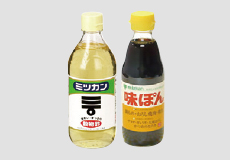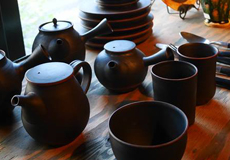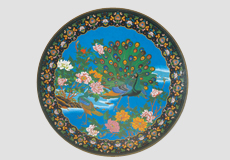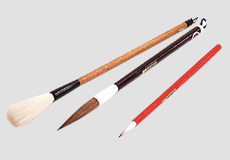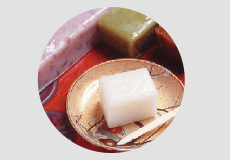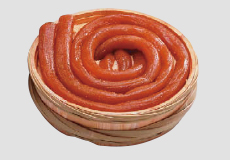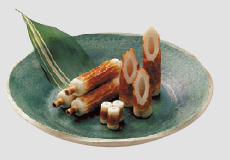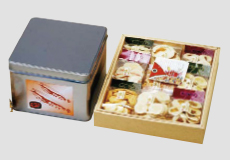- HOME
- FOOD&SHOPPING
- SOUVENIOR SHOPPING
- SPECIALTIES
 SPECIALTIESBREWING CULTURE IN AICHI
SPECIALTIESBREWING CULTURE IN AICHI
Hatcho Miso
A diversity of gems born from the brewing industry, a traditional craft of Japan
Miso-katsu, miso-oden, miso-dengaku...Aichi Prefecture has a large number of dishes which use miso, and the miso used in all of them is "Hatcho miso". Hatcho miso is a healthy food which uses only soybeans, salt and water as its raw materials and is matured over a long period of time using traditional methods. It's a magical ingredient with the distinctive feature that even if you stew it, the savoriness increases and the aroma changes very little, so in contrast with rice miso and the like, the more you stew it, the more delicious it gets.














